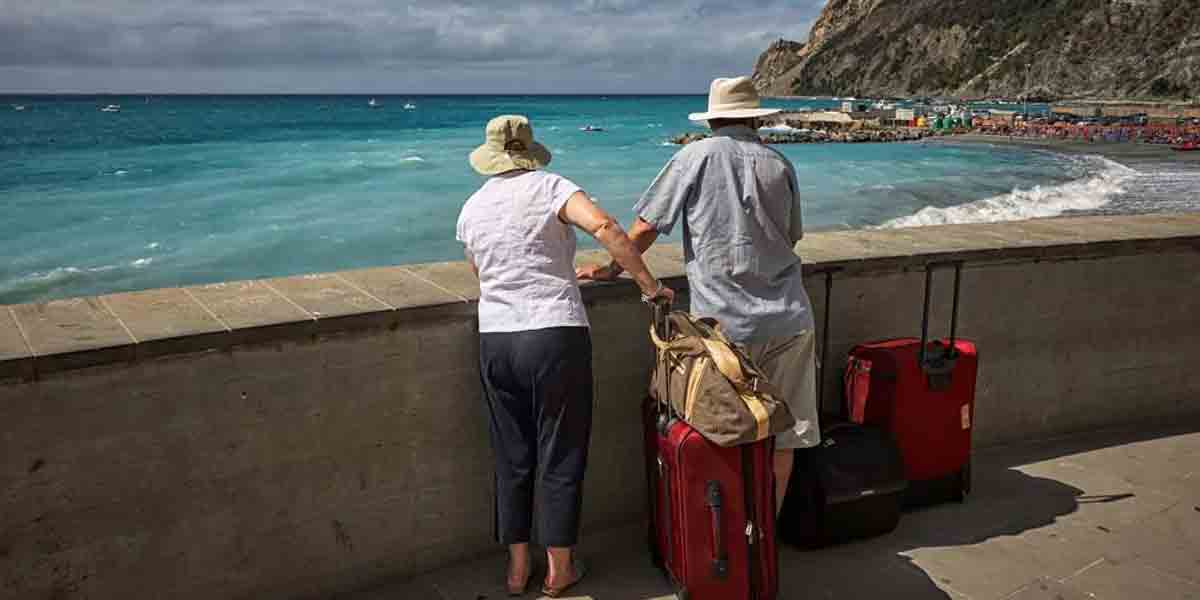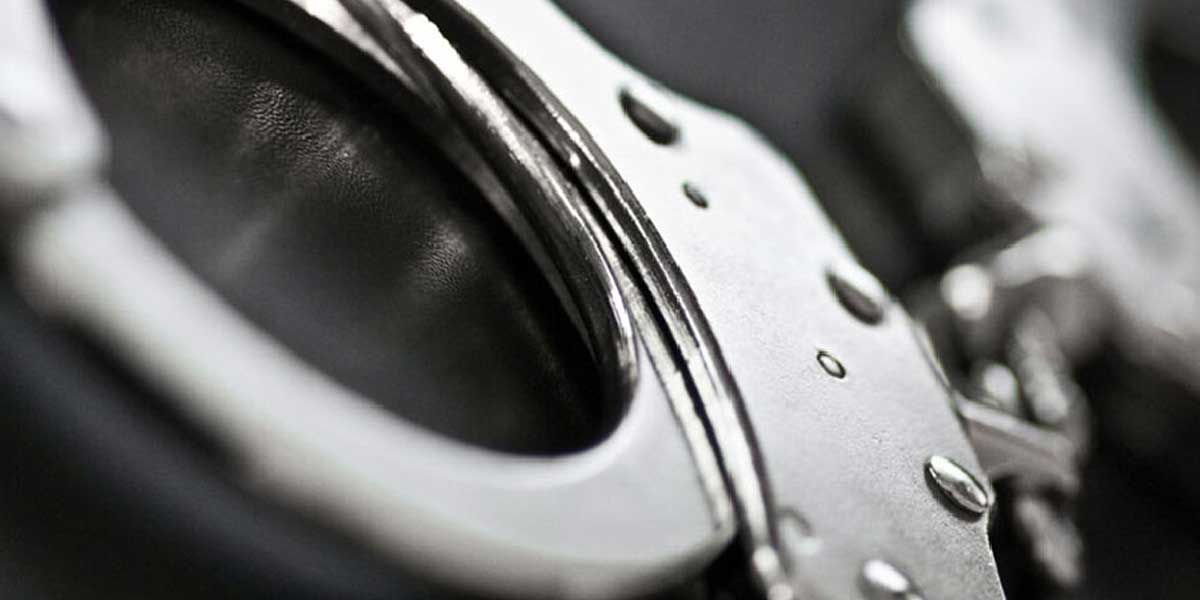The P680-million Ungka flyover, which connects the Jaro district in Iloilo City and Pavia, Iloilo, has been a source of ongoing frustration for residents and commuters.
The latest announcement from the Department of Public Works and Highways-Western Visayas (DPWH-6) office indicates that the flyover’s full capacity use is now targeted for November, three months later than the previously promised end of August.
This delay adds to the public’s growing concerns about the project’s management and the potential safety risks involved. As of the end of June, only 65 percent of the first phase of repairs has been completed. These repairs involve critical jet grouting procedures to stabilize the soil and underpin the flyover’s bored pile foundation, which had failed to provide adequate support.
The DPWH has assured that the rectification activities are still “on track,” but this reassurance rings hollow in the face of yet another delay. The public’s patience is not infinite, and each postponement chips away at the trust in the DPWH’s ability to manage and complete the project effectively.
Safety must be the paramount concern in this scenario. The integrity of the flyover structure cannot be compromised by rushing the repairs, even in the face of public pressure and mounting traffic issues. DPWH-6 has rightly emphasized the complexity of the jet grouting process and the need to avoid damaging critical underground utilities such as water pipes and internet cables. These factors necessitate a careful and methodical approach to ensure the flyover’s long-term stability and safety.
However, the DPWH must also recognize that maintaining public trust is essential. The community needs transparent communication about the progress and challenges of the repairs. This means not only updating the public about delays but also explaining the technical difficulties and the steps being taken to address them. Regular updates can help manage expectations and demonstrate the department’s commitment to completing the project without compromising quality and safety.
The second phase of repairs, set to begin in mid-August, involves extensive structural work, including additional jet grouting, excavation, shoring, and the installation of prestressed concrete girders. This phase is critical to ensuring the flyover’s durability and functionality. As such, it is imperative that these tasks are carried out with the utmost precision and adherence to safety standards.
In the interim, DPWH-6 and the involved contractors, such as Monolithic Construction & Concrete Products, Inc., must work diligently to meet the new November deadline. Any further delays should be communicated promptly, with clear justifications provided to the public.
Ultimately, the success of the Ungka flyover project hinges not only on its completion but also on restoring and maintaining public confidence. The DPWH must balance the urgency of reopening the flyover with the necessity of ensuring it is safe and structurally sound.
By prioritizing safety, embracing transparency, and demonstrating accountability, the department can begin to rebuild the trust that has been eroded by repeated delays. Only then can the flyover serve its intended purpose of alleviating traffic congestion and improving connectivity in Iloilo City and Pavia.






















